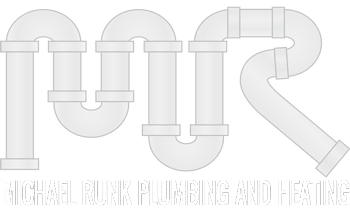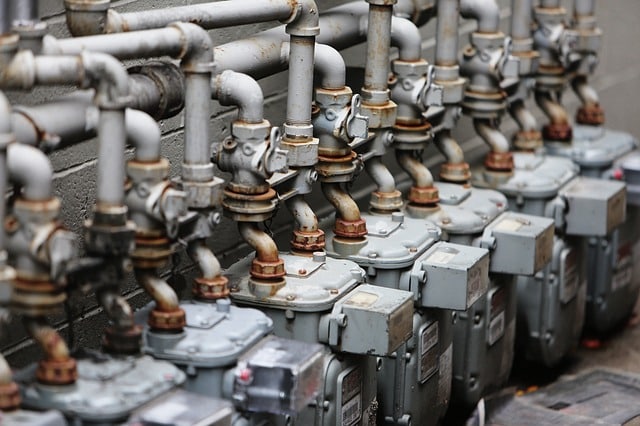Most municipal codes require the use of a backflow prevention device at any point within a plumbing system where a potable water system connects with pipes carrying waste water. These points are also known as cross-connections. If your building uses pesticides on the lawn, industrial strength soap, or produces any liquid waste, a backflow prevention unit is required to keep the municipal drinking supply clean. Fortunately, as a full-service residential and commercial Maryland plumbing company, we have experience installing and servicing backflow units.
What is Backflow?
Backflow is the reverse flow of contaminated water. Essentially, backflow occurs when waste water backs up due to back pressure or back siphonage in the pipes. When there is backflow, there is always a risk of contaminated water entering the clean water pipes, which is a big health issue. Any substance that can physically harm the general population is considered a contaminant and must not get into a potable water supply, which is why it’s important to use backflow prevention devices.
What is a Backflow Prevention Device?
Backflow prevention devices, as the name suggests, prevent contaminated water from reversing its flow and potentially entering the public water supply. To achieve the desired result, Maryland plumbers like ourselves utilize a number of different solutions depending on the types of cross-connections at your facility.
Types of Backflow Prevention Devices
Considering a multitude of cross-connection types, there are several different choices of backflow prevention devices. Here are the most common ones:
- Air gap units – These backflow prevention devices create a physical separation between the end of a water supply outlet and a flood-level rim of a receiving vessel.
- Reduced principle (RP) assembly units – This mechanical backflow preventer consists of two independent spring-loaded check valves. These units include shutoff valves on both ends and a relief valve between the two.
- Pressure vacuum breaker (PVB) assembly units – Similar to the RP assembly units, PVB units utilize two separate check valves but include an air inlet valve on the discharge side of the check valve.
- Double check valve (DC) assembly units – DC units are most similar to RP units but do not include a relief valve between the two check valves.
- Residential dual check (RDC) valve units – Identical to DC units minus shutoff valves, these prevention units are generally less reliable and should only be used for water service connections to a single-family home.
How Often Should my Backflow Prevention Unit be Tested?
Like most devices with internal moving parts, your backflow prevention device is subject to wear and tear. Backflow prevention units should be inspected once a year in conjunction with your local municipal codes.
As your local Carroll County full-service plumbing and heating company, we’re here to help install, inspect and service your backflow prevention units. Call us today or visit us online to schedule an appointment.

